A Journey Into History: Five Pathways to Explore the Historic Oregon Trail
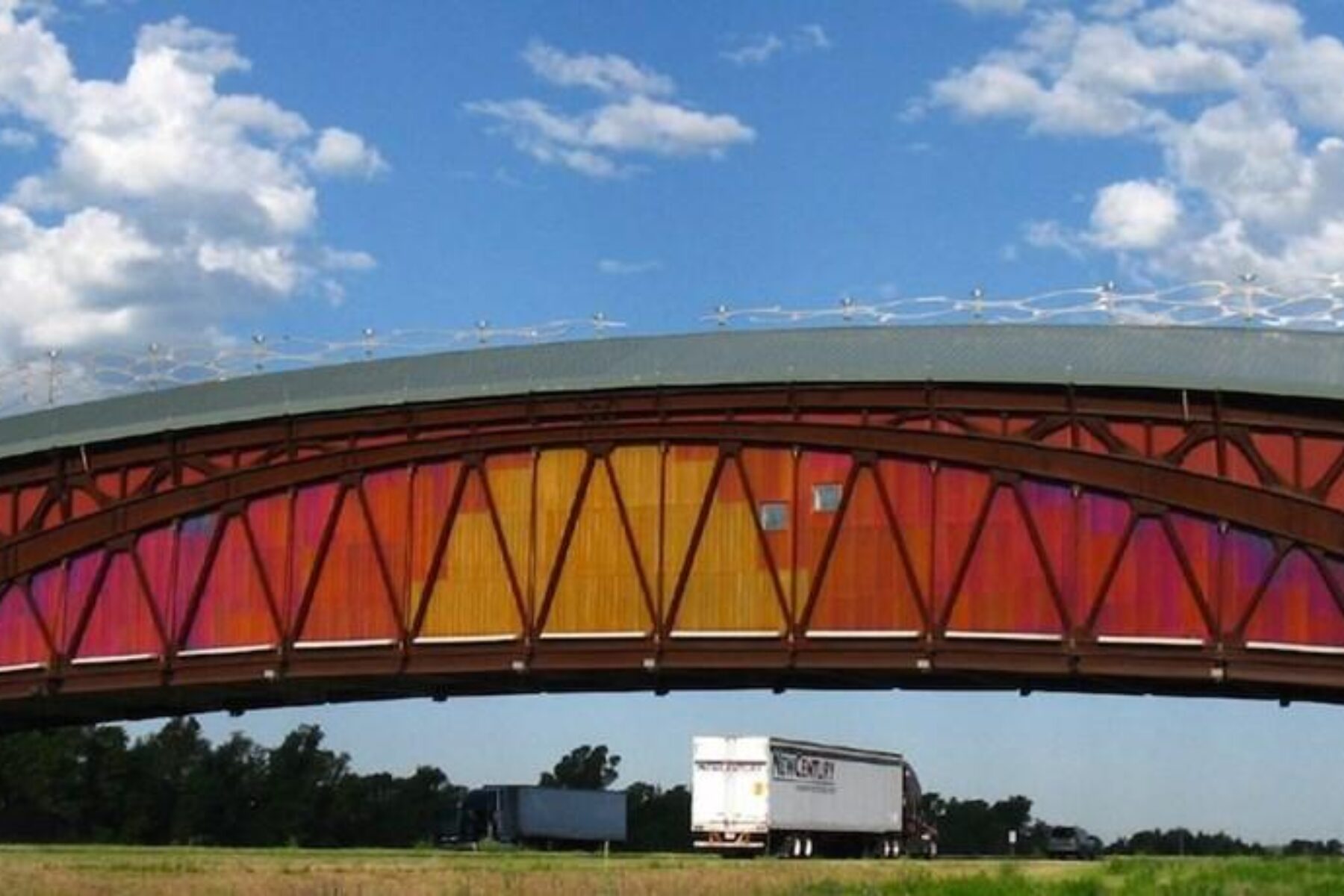
Rugged valleys, cottonwoods, herds of pronghorns and wily snakes all met the pioneers of the Historic Oregon Trail in their trek westward from Independence, Missouri, to the wild lands of Oregon Country—which today includes Oregon, Washington and part of Idaho. Fueled by oxen-powered wagons and the desire for a better life, thousands of people made their way along the 2,000-miles-plus route—which crossed six states—between 1843 and 1869. Now, 175 years later, the Historic Oregon Trail lives as an embodiment of this journey—a souvenir that reminds of the important role trails play in connecting us to our shared history.
Made possible thanks to the National Trails System Act—which is celebrating its 50th anniversary this year—the Historic Oregon Trail joins numerous other trails as a National Historic Trail, a category that was added 10 years after the original act was established in 1968. This noteworthy distinction was created to celebrate the extraordinary stories at the heart of America’s trails.
Below are five multiuse pathways that have connections to the Historic Oregon Trail and that showcase the arduous struggles and triumphs that once took place on this epic journey.
Missouri
Little Blue Trace Trail
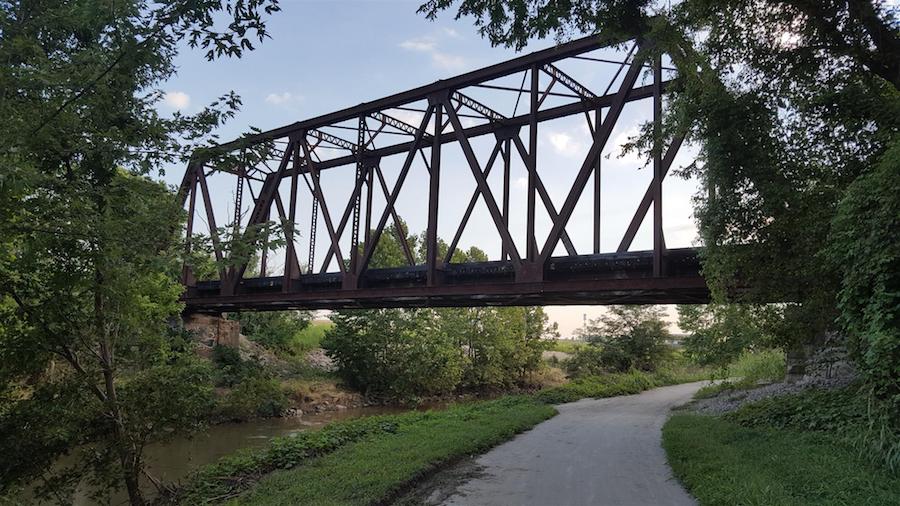
East of Kansas City, Missouri’s 15-mile Little Blue Trace Trail traverses Independence, which served as a starting point for the Oregon Trail. The incredibly scenic asphalt pathway parallels its namesake river and is a popular draw for bikers and walkers. About 7 miles west of the trail, the National Frontier Trails Museum tells the story of Independence, which served as a supply hub for emigrants taking the California, Oregon and Santa Fe trails, and shares the formidable challenges faced by the pioneers of the 19th century. Historical artifacts, interactive displays, excerpts from the diaries of 19th-century pioneers, and covered wagon tours provide tangible glimpses into this period of American history.
Nebraska
Kearney Hike and Bike Trail
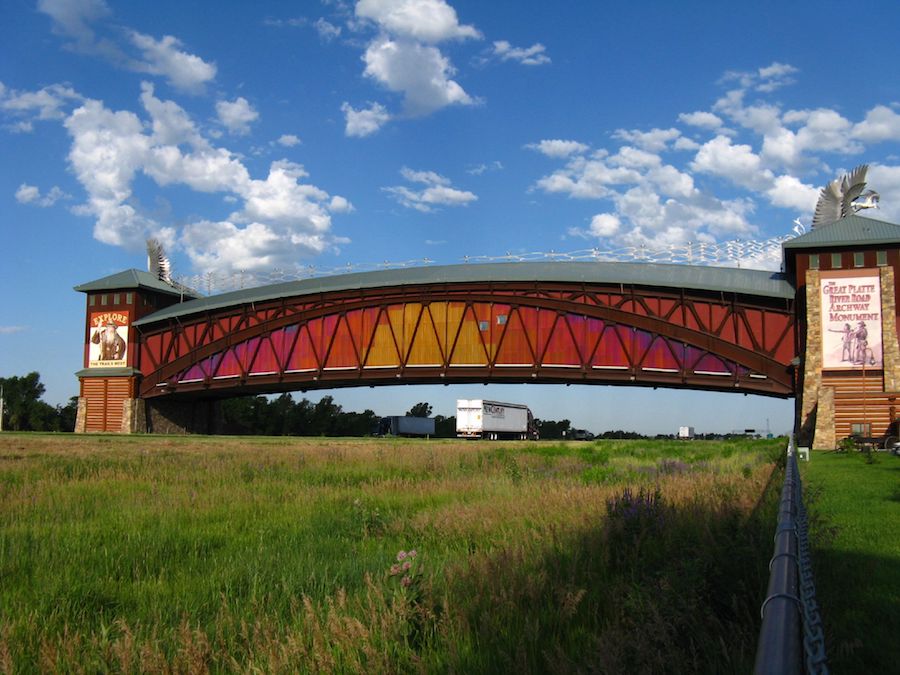
The Kearney Hike and Bike Trail spans 13 miles along the west and south sides of the city, which was named after Fort Kearny, an outpost along the Oregon Trail. The rural, paved pathway offers unique sights that will transport visitors to 19th-century Nebraska. A 3-mile section of the trail known as the “Pioneer’s Path” culminates at the Great Platte River Road Archway Monument, a museum that commemorates the Platte River valley’s role in westward expansion. Visitors to the museum are able to take self-guided audio tours that tell the stories of travelers through Fort Kearny in the 1840s. A few of the featured exhibitions in the museum include the Mormon Handcart Expedition, the Transcontinental Railroad and the Conestoga wagons used in the westward migration.
Wyoming
Platte River Parkway
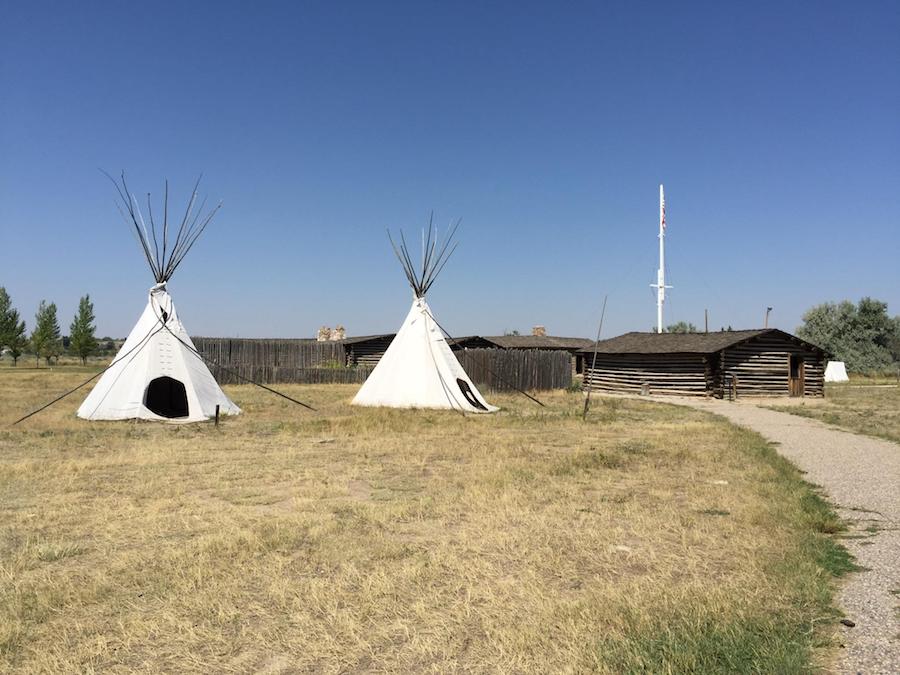
The Platte River Parkway offers 10 miles of beautiful paved pathway through the heart of Casper, Wyoming. A highlight of the trail is its passage by the Fort Caspar Museum, a place to learn about the first 100 years of the city. Continuing northeast, the trail passes the National Historic Trails Interpretive Center, which offers year-round exhibitions on the Pony Express and the historic Oregon, Mormon and California trails, along with seasonal exhibits, interpretive programs and special events that will transport visitors back to the 1840s. Sitting high above the Platte River, the visitor center also renders a unique must-see view of Casper.
Idaho
Portneuf Greenway
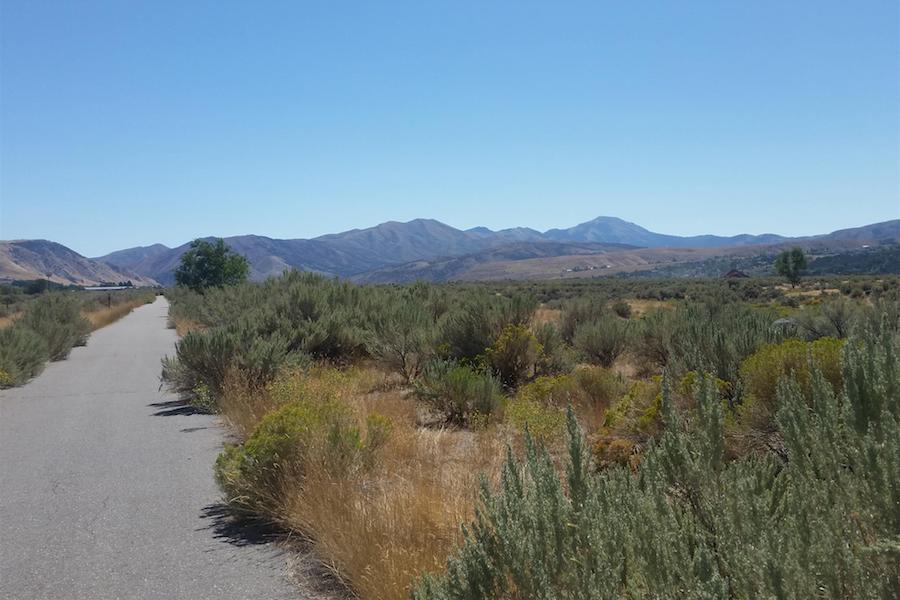
A collection of asphalt trails, the Portneuf Greenway totals 17 miles throughout Pocatello, with plans to become a 27-mile pathway. It’s named after the Portneuf River, which largely parallels the trails. A portion of the pathway runs adjacent to the Bannock County Historical Museum, which includes exhibits on railroad history and early medical practices. Displays also include photographs and objects of the Shoshone and Bannock tribes, and local archeological artifacts. Next to the museum is a replica of Fort Hall, which served as an oasis for pioneers heading west in the 19th-century. Nathaniel Wyeth originally opened the fort as a trading post—named after business partner Henry Hall—in 1834, and for the next 20 years, it was a stopping point for fur traders and travelers making their way along the Oregon and California trails. Now a testament to westward expansion and the hardship faced by pioneers, Fort Hall commemorates these feats by retelling the many stories that took place there.
Oregon
McLoughlin Promenade
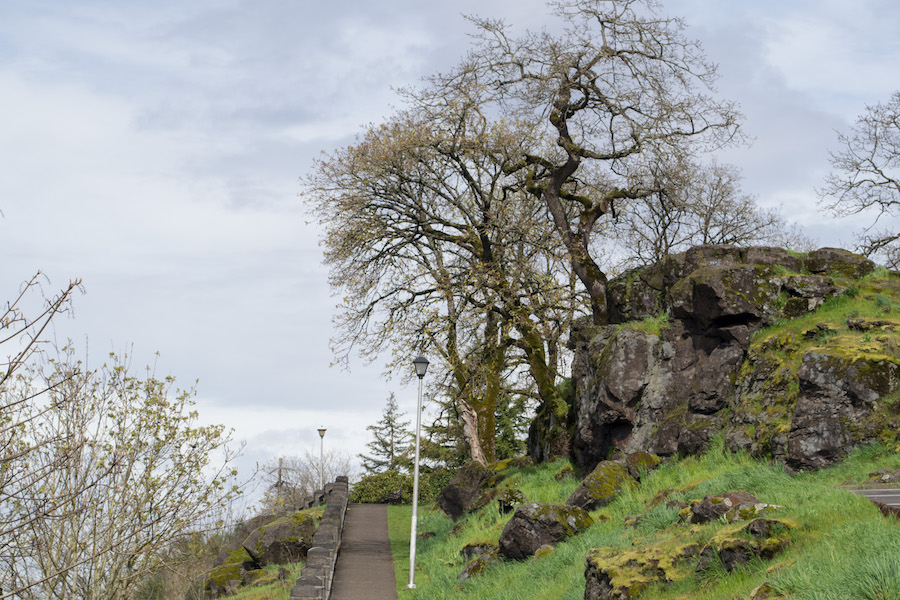
The McLoughlin Promenade is a paved, mile-long pathway in the heart of Oregon City, which was designated as the capital of the Oregon Territory in 1848 and served as a destination for travelers arriving from the Oregon Trail. Constructed in the 1930s, the trail runs along a bluff overlooking the Willamette River with views of downtown and Willamette Falls. At its mid-point, the trail offers a side stop at the Museum of the Oregon Territory, which examines the culture and history of the region from the early Native American tribes to the modern day. The trail also passes by several historical homes, including the McLoughlin House, a National Historic Site. Now a museum, the building once belonged to a pioneer and prominent businessman named John McLoughlin who moved there in 1846 and played a key role in the early history of the state.

Donate
Everyone deserves access to safe ways to walk, bike, and be active outdoors.
